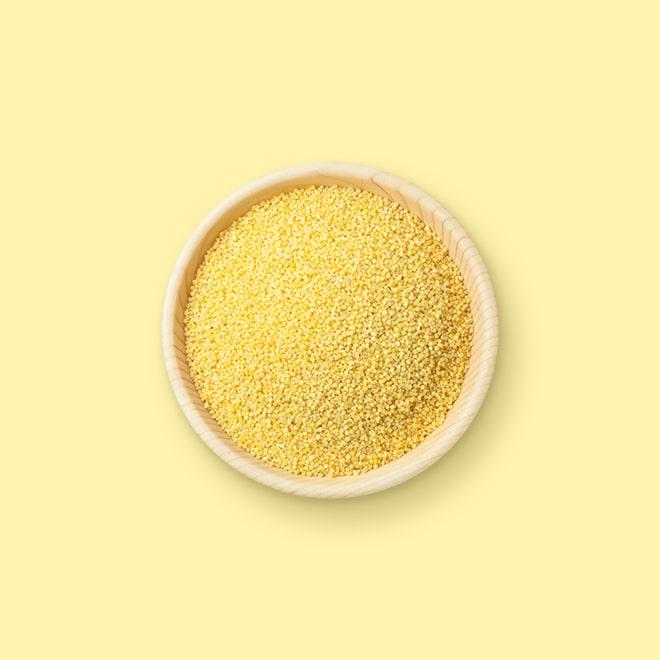Millet




While millet may be thought of as bird food, it is most certainly food for humans too!
Millet has a creamy consistency and is actually a seed, even though it is commonly thought of as a grain.
Millet most likely originated in North Africa, Ethiopia in particular. This seed is small in size, round in shape, and comes in natural colors such as white, gray, yellow, or red.
The most commonly available form of millet is the hulled variety.
Millet should be stored in an airtight container in a cool, dry and dark place. If stored properly, it can be kept for several months.
When millet is cooked into a thick and creamy porridge, it becomes very similar to polenta. Coat vegetables with this mixture and then deep fry them for a tasty side dish.
Use millet in almost any dish that you may typically make with quinoa or rice!
Millet contains an amino acid that generate serotonin, a chemical that aids in maintaining your mood.
Rinse millet through running water before cooking it. Remove the grit and then add one part millet to two and a half parts boiling water or broth. After the liquid has returned to a boil, turn down the heat, cover and simmer for about 25 minutes. Millet cooked this way will have a fluffy texture, similar to rice.
To create millet with a more creamy consistency, stir frequently and add a little water every so often.
For millet with a nuttier flavor, roast the grains before boiling. To do this, place the grains in a dry skillet over medium heat and stir frequently. When they have achieved a golden color, add them to the boiling cooking liquid.
Millet is a great source of healthy vitamins and minerals such as vitamin B calcium, zinc, magnesium and potassium.
Millet can also increase bone strength due to it’s high protein content and high levels of vitamin D.
A serving of millet has a high level of fiber which can help you feel fuller longer and thus aid in weight loss efforts.
Corrections or improvements? Email us at
content@sidechef.com